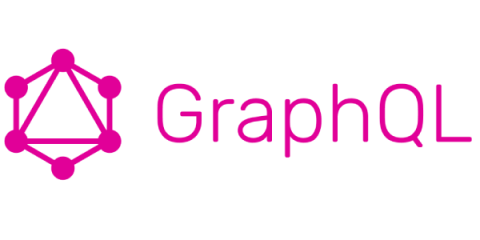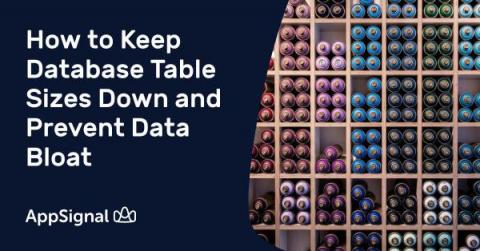Systems | Development | Analytics | API | Testing
Latest Blogs
HBase to CDP Operational Database Migration Overview
This blog post provides an overview of the HBase to CDP Operational Database (COD) migration process. CDP Operational Database enables developers to quickly build future-proof applications that are architected to handle data evolution. It helps developers automate and simplify database management with capabilities like auto-scale and is fully integrated with Cloudera Data Platform (CDP).
Performance Testing GrapghQL
In this Blog Post we are going to look at the GraphQL HTTP Request sampler and look at how GraphQL requests can also be made using a HTTP Request sampler in case you are for some reason restricted to an earlier version of JMeter (the sampler was only introduced in JMeter 5.4). We will also look at some of the principles of GraphQL.
Chaotic Performance Tests
Building performance tests that conform to a very specific level of load and concurrency is a standard approach to performance testing. You determine your peak levels of load and concurrency, and you build a test that meets this. You build soak test and scalability tests that conform to pre-determined levels of load and concurrency, and you execute these alongside the other scenarios you build to meet your performance requirements.
How to Develop a Structured Exploratory Testing Strategy
However, the flexibility of exploratory testing comes with the risk of ad hoc, random outcomes with no structure or consistency between testers, test managers, and projects. While testers should not be limited in their exploratory testing efforts, having a disciplined approach is a fantastic tool for gathering feedback, detecting errors, and enhancing UX.
How to Keep Database Table Sizes Down and Prevent Data Bloat
Most web applications use a data store of some kind, often a relational database. When a web app becomes successful, it can become all too easy to start "hoarding" data in the database. But hoarding data leads to the unbounded growth of database tables (both row count and stored data size). While this works fine to a certain point, it is very useful to prevent some data bloat — or, if you cannot prevent it, to plan for your infrastructure ahead of time to adequately manage growth.
Eating Our Own Dog Food: Production Debugging
Rookout’s Live Debugger is a product that’s created for developers, by developers. As such, our R&D team knows firsthand the actual challenges that developers face daily when debugging in production. It is a constant struggle to gain an understanding of what’s happening in their complex environments without accidentally breaking something, waiting for another deployment, or having to write additional lines of code.
Competitive Benchmarking: What It is and How to Do It
Store k6 metrics in TimescaleDB and visualize with Grafana
TimescaleDB is a open-source database that extends PostgreSQL for better storage, processing, and analysis of time-series data at scale. If you want to know more about TimescaleDB, I recommend you look at the official documentation. k6 is an open-source and extensible load testing tool that generates the results of the testing (k6 metrics) as time-series data. k6 can send metrics to various formats and systems.










